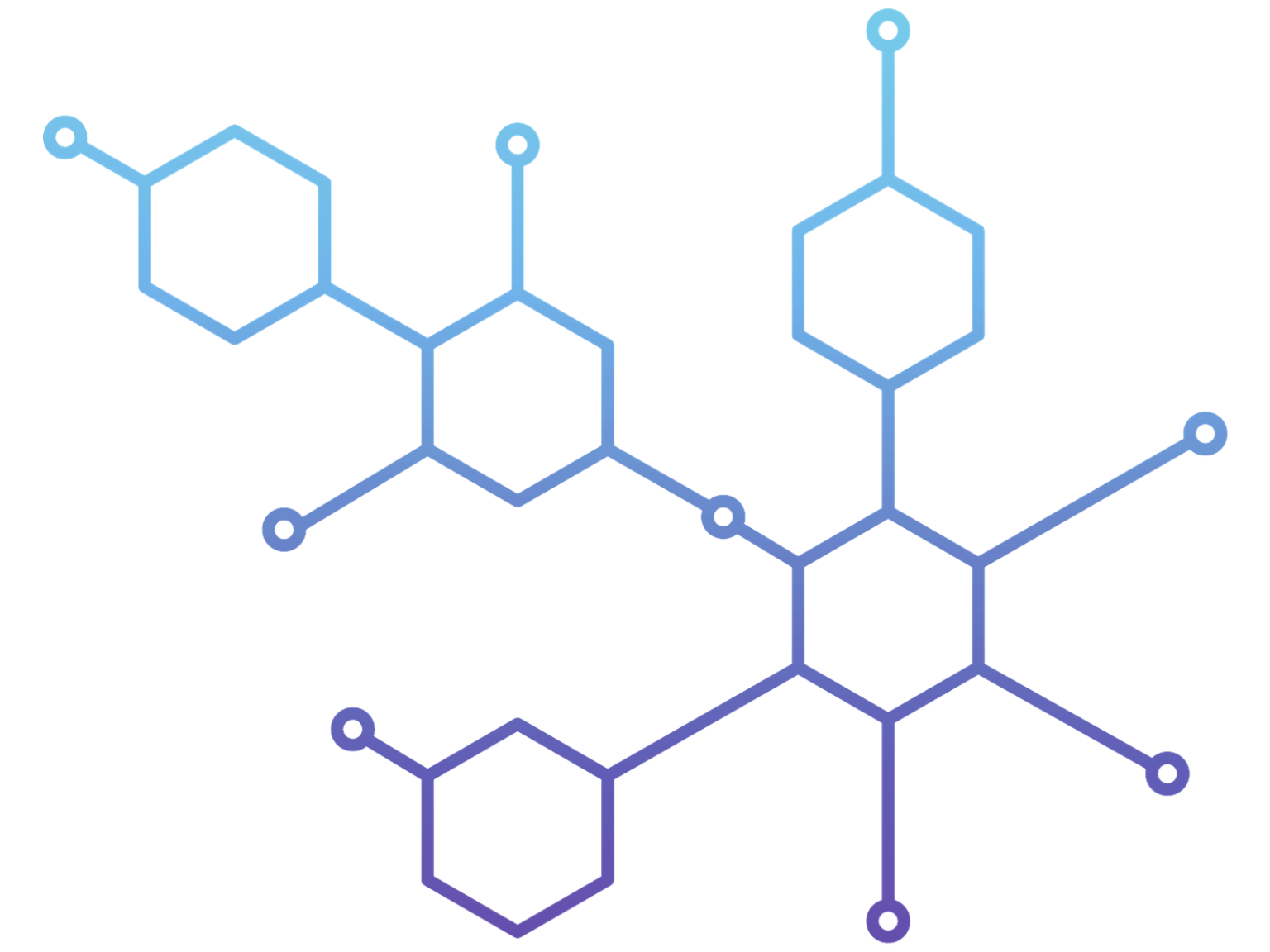PANDA® (Peptide Abbreviated New Drug Application) Screening by EpiVax assesses the immunogenicity of peptide drugs and their impurities to support FDA approval. The multi-step process includes:
- In Silico Analysis: Evaluates immunogenic potential using EpiVax’s proprietary tools.
- In Vitro Validation: Confirms predictions with laboratory assays.
- Literature Review: A comprehensive review to support findings.
Streamlining regulatory approval for your generic peptide therapy.
The FDA has recently released guidelines requiring sponsors pursuing the Abbreviated New Drug Application (ANDA) pathway for generic peptide drugs to identify and characterize both process and product-related impurities in their drug formulations to ensure the safety and effectiveness of their products. This requested characterization encourages developers to evaluate whether the generic drug poses a greater safety risk than that of the Reference Listed Drug (RLD), particularly with respect to the risk of adaptive immunogenicity driven by T cell epitopes identified within “new” or “higher level” peptide-related impurities present in the generic product. Further, the agency emphasizes the importance of assessing the generic for impurities or contaminants that produce a greater stimulation of innate immunogenicity when compared to the RLD. In this guidance, the FDA strongly recommends utilizing orthogonal methods of assessment to demonstrate that a proposed generic drug is therapeutically equivalent to its RLD in these aspects and is therefore suitable for submission via the ANDA pathway.

In response to this guidance, EpiVax adapted its proprietary in silico and in vitro methods for assessing immunogenic risk to offer Peptide Abbreviated New Drug Application (PANDA®) Screening services – a set of orthogonal methods of analysis that have been tailored to specifically meet ANDA sponsors’ adaptive and innate immunogenicity assessment needs for generic peptides and their related impurities (FDA contract #: HHSF223018186C). The multi-phased approach is detailed on the next page. Each phase is accompanied by a comprehensive report detailing the results and recommendations for next steps.
Several clients who utilized the PANDA® Screening program when preparing for their ANDA submission have gained approvals from the FDA, with their generic peptide therapies now on the market.
Recent publication: Immunogenicity risk assessment of synthetic peptide drugs and their impurities. Drug Discovery Today. 2023.
Who’s it for?
Generic peptide drug developers with linear, cyclical, or more complex structures containing both natural & unnatural amino acids
Benefits of PANDA® Screening
Receive a comprehensive immunogenicity report to include in FDA ANDA applications and applications to other global regulatory agencies for generic peptide products.
Gain valuable immunogenicity data to focus purification processes, aiming at the removal or reduction of high-risk impurities.
Ensure safety and efficacy of your product and have confidence in your application.
Most PANDA® studies begin with an analysis of the amino acid sequences of the API and associated peptide impurities utilizing the advanced immunoinformatics tools in EpiVax’s ISPRI toolkit. Each input sequence is evaluated for binding potential to a panel of Class II HLA DBR1 allele “supertypes”, to identify putative T cell epitope content that could result in an activation of the T cell immune response. T cell epitopes identified during the analysis are then further characterized to determine human cross-reactive potential, an indicator for the immune system to recognize these epitopes as “self” and be tolerated – a key differentiator of EpiVax technology. The relative immunogenic potential of the impurity sequences is assessed in comparison to the API. Problematic regions within the impurity sequences are flagged for further in vitro testing.
Following in silico studies, or in the case of sequences with high unnatural amino acid content, it may be recommended to test the generic peptide API and associated peptide impurities, or any putative T cell epitope regions identified within those sequences, in EpiVax’s Class II HLA Binding Assay. In this cell-free, competition-based assay, non-linear regression analyses are performed to calculate IC50 values based on peptide titration, allowing EpiVax scientists to comment on both the ability of a peptide to bind a given HLA allele and the relative affinity of the binding interaction. Finally, the relative binding affinity of the impurity sequences is assessed in comparison to the API.
Following previous phases, it may be recommended to test the generic peptide API and associated peptide impurities in EpiVax’s Naïve CD4+ T cell Assay. The protocol tests the relative immunogenicity of sequences in fresh PBMC samples derived from healthy, HLA-typed human blood donors to closely mimic a natural, naïve human T cell immune response to a potential antigen. Samples are cultured with the test article or relevant controls before being transferred to a FluoroSpot assay where PBMCs are stimulated as either a rechallenge or first exposure with the appropriate test article or control. The FluoroSpot assay is developed with fluorescently labeled anti-cytokine (IFNg and IL-5) antibodies to identify the stimulation of Th1 and Th2 immune responses. Positive responses are determined by comparing cytokine readouts to the exposed and unexposed samples to assess T cell-driven immunogenicity. The relative immunogenicity of the impurity sequences is assessed in comparison to the API.
Upon completion of the adaptive immune response methods, the next step will be to test the generic peptide drug product against the RLD in formulation in EpiVax’s IIR Assay. The assay is intended to assess the innate immunogenicity that may result from the formulated and packaged drug products using fresh PBMC samples derived from healthy human blood donors within a 24-hour timeframe to closely mimic a natural, human innate immune response. Samples are cultured and stimulated with a panel of innate immune pattern recognition receptor (PRR) agonists as positive controls and compared to the test articles. Culture supernatants are assessed for the expression patterns of 9 cytokines indicative of innate immune response activation using a Cytokine Bead Array assay running through flow cytometry. The relative innate immunogenicity of the generic peptide product is assessed in comparison to the RLD.
